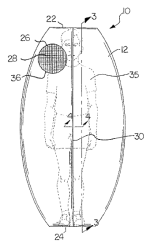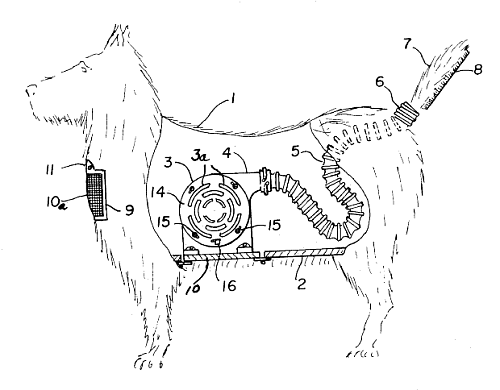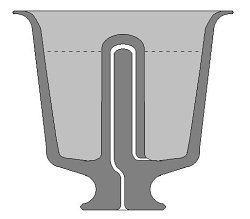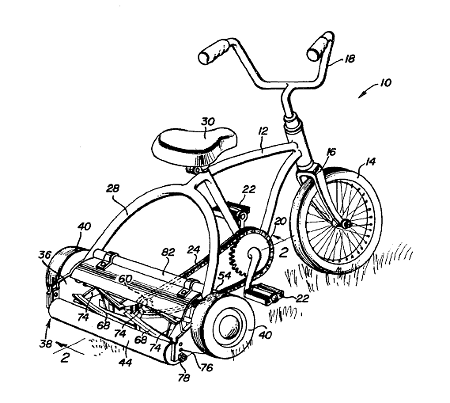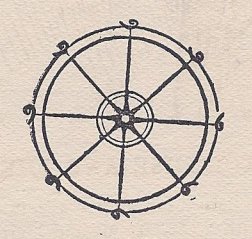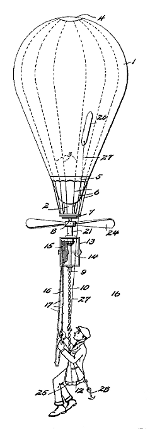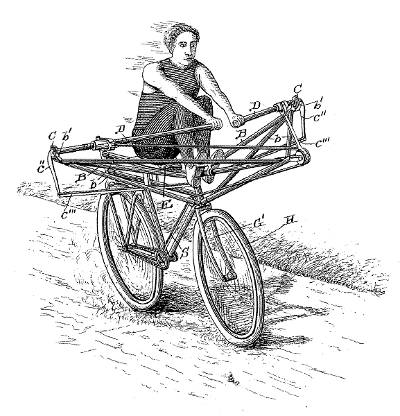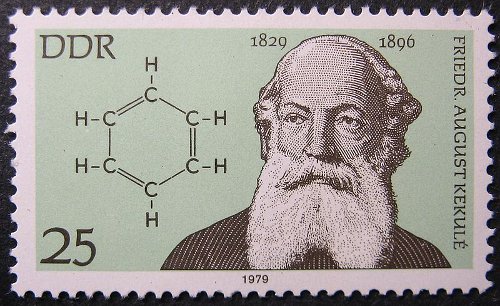
In 1862, August Kekulé dreamed of a snake seizing its own tail; the vision inspired him to propose the structure of the benzene molecule.
Louis Agassiz had been struggling for two weeks to decipher the impression of a fossil fish in a stone slab when he dreamed on three successive nights of its proper character. When he chiseled away the stone he found that the hidden portions of the fish matched his nocturnal drawing.
William Watts had been forming lead shot mechanically when he dreamed he was caught in a cloudburst of molten metal. The image inspired him to develop the shot tower.
The best such story, alas, is false. It’s said that Elias Howe, frustrated in devising a sewing machine, dreamed he had been captured by an African tribe. He noticed that the menacing warriors’ spear-tips bore holes, and this inspired him to move the hole in his machine’s needle from the dull end (as in a hand needle) to the sharp one.
“This is not true,” writes Alonzo Bemis. “Mr. Howe was too much of a Yankee to place any dependence in dreams, and the needle idea was worked out by careful thought and countless experiments.”

